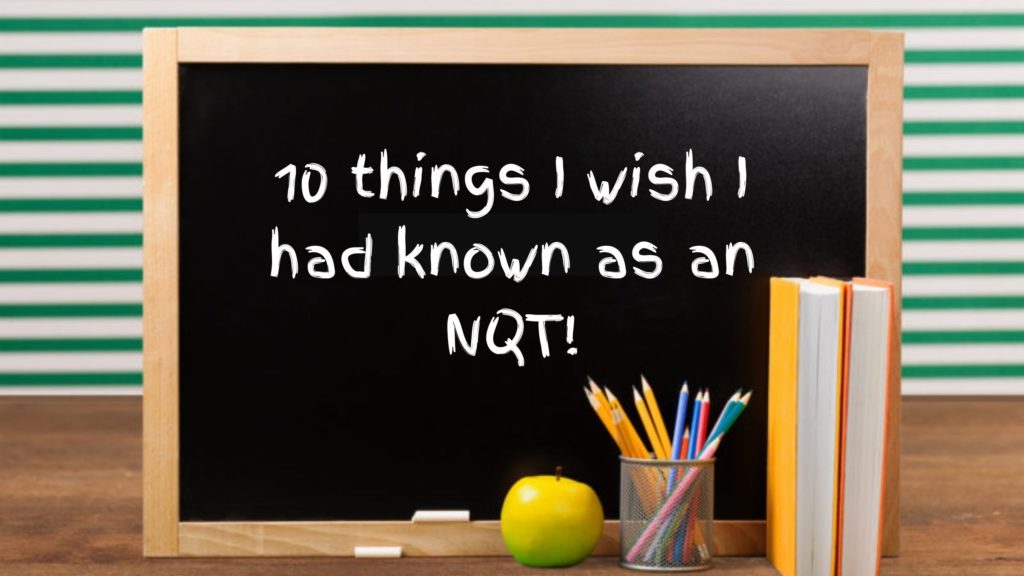5 steps for successful mixed-ability teaching

The debate between streaming and mixed-ability is not new. Whilst streaming proved popular in the 1960s, mixed-ability teaching made a brief comeback in the 1970s and is ever present today. Whichever side you are on, chances are, you will teach a mixed-ability class at least once during your teaching career.
Here are five steps to ensure successful mixed-ability teaching!
1. Make use of your more able pupils
A proven strategy to help pupils remember content is to teach it to their peers. Have your stronger pupils sit with the weaker pupils and teach them during group tasks.
Encourage them to assess each other and ask questions. Not only does this give them a sense of independence, it relieves some pressure off the teacher, allowing them to circulate and target the weaker pupils.
2. Make a teaching resource that fits all
Making differentiated resources every lesson is time-consuming, so make one that can be utilised by all pupils. Start with accessible tasks that all pupils must complete, and then provide some challenge tasks that can be attempted by all, but are compulsory for stronger pupils.
This gives all pupils a feeling of accomplishment and challenge.

3. Focus on depth not breadth
Whilst the new GCSE specifications are extremely content heavy, it is important to explore topics with greater depth.
Challenge pupils to evaluate and analyse what they have learnt, as opposed to simply understanding it (Bloom’s taxonomy). This encourages pupils to think more abstractly and makes for interesting classroom discussion.
4. Don’t forget the middle ability students
Try and write down a whole class from memory. It is easy to identify your stronger and weaker pupils in the classroom, but it sometimes means the average students get left behind.
Shower them with genuine praise, recommend a book, ask them questions – make sure that no pupil gets overlooked in the classroom. Make your class truly inclusive.
5. Embrace it!
Having pupils of all abilities in a classroom has its advantages. There is opportunity to discuss and listen to others’ diverse perspectives, so pupils won’t produce identical essays.
Marking becomes more entertaining.You will be surprised by the range of interpretations from pupils, and this makes for interesting marking-feedback lessons.
Although streaming makes for easier lesson planning, mixed-ability classes have a quality of their own.
Embrace the range of abilities, embrace the diversity of interpretations, embrace the challenges.








Responses